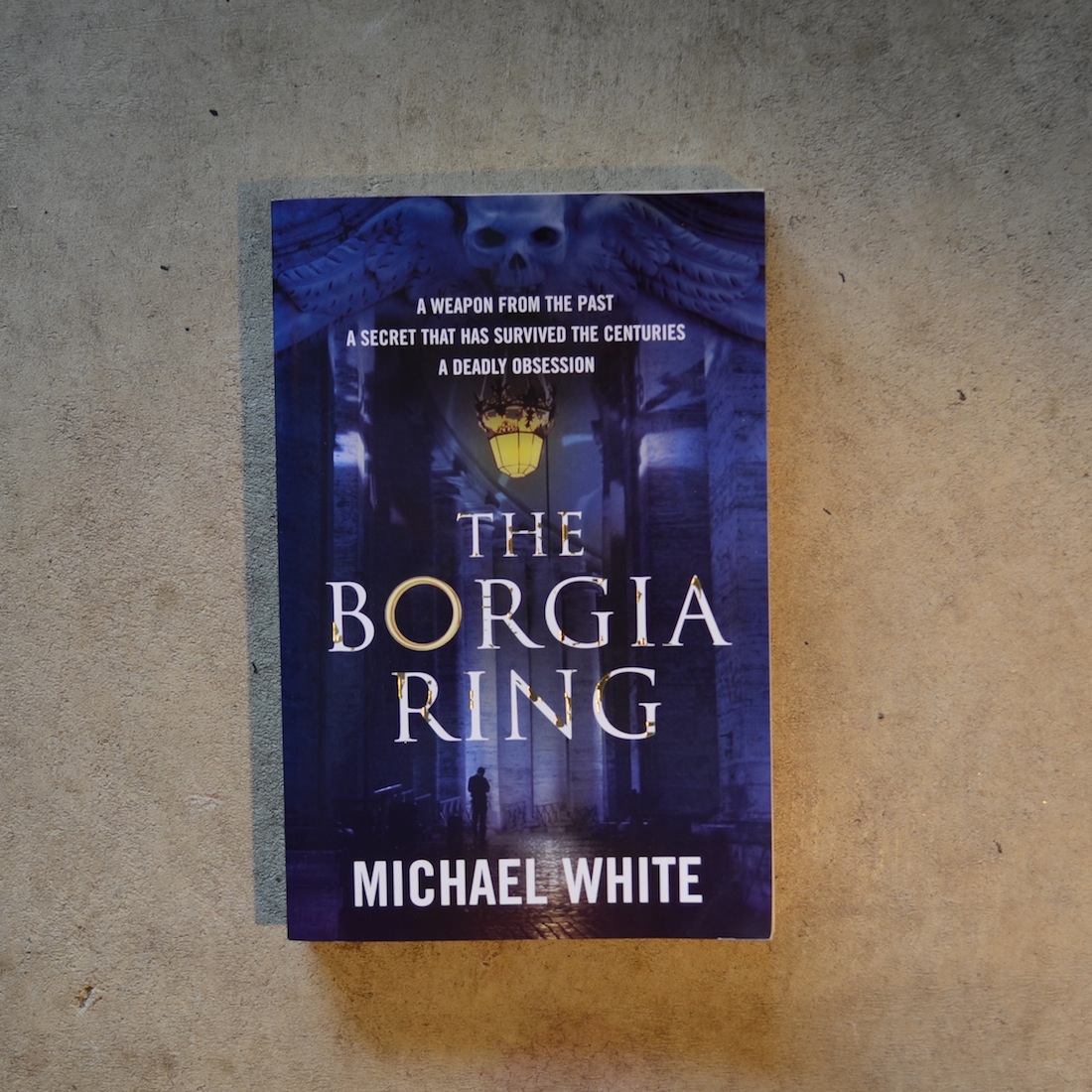Writing the first chapter of a Historical Novel
When writing in any genre, the first chapter is often the most difficult to get right. The first few pages are without doubt the most important pages of the book.
The first chapter is the only time you have to win over the reader. If your first chapter is lame or muddled or aimless, it will put the reader off immediately and the chances are they will never reengage and you will lose them.
The three questions all readers ask are: ‘So What?’, ‘Oh yeah?’ and ‘Huh?’.
The first of these is to do with empathy. You have to inspire the reader and make them interested in your work.

The second is addressing the whole issue of ‘suspension of disbelief’. All readers approach a book needing to be convinced, drawn in, seduced into wanting to ‘live’ in the imaginary world you are offering them.
The third question: ‘Huh?’ arises if you are not clear. You have to make everything understandable to the reader, you cannot leave loose ends, or throw things in without reason or explanation.
In some ways, these three questions are the hardest for the writer of historical fiction to address, because, not only does such an author need to cover these three points, they also have to do so while introducing the reader to a world that is very different to their own. On top of this they have to give the reader all the information they need to navigate through that world and at the same time not make this last step seem obvious. It is no easy task.
The opening chapter of a historical novel must ease the reader into the time in which the novel is set. This can be done in a number of ways, that have to be handled with subtlety and skill so that the reader does not think: ‘So What?, ‘Oh yeah?’ or ‘Huh?’.
The most powerful way to do this is by using a combination of character and place. You need to meet the main characters right away, and, in the nicest possible way, you have to place the reader into the world you are asking them to engage with for maybe 400 or so pages.
In my experience, the most successful approach is to do these two things simultaneously. So, in the book I’m currently writing I open with a chapter in which, in line one, we meet the hero, Dante Vero, and by line two we know where and when we are, Venice 1592. The rest of the chapter interlocks the hero with the place in which he lives, and through this marriage, we learn what Dante is doing in the time and place, what he plans to do, some aspects of his past, who his friends and enemies are, his personal situation – his love life, his level of wealth – and finally what sort of hero he is – action hero or cerebral character.
Everything else flows from this first chapter. In the first chapter the writer establishes the foundations for the rest of the book, plants all the seeds that will flower during subsequent chapters. In chapter one all the ‘rules of the game’ are set.
